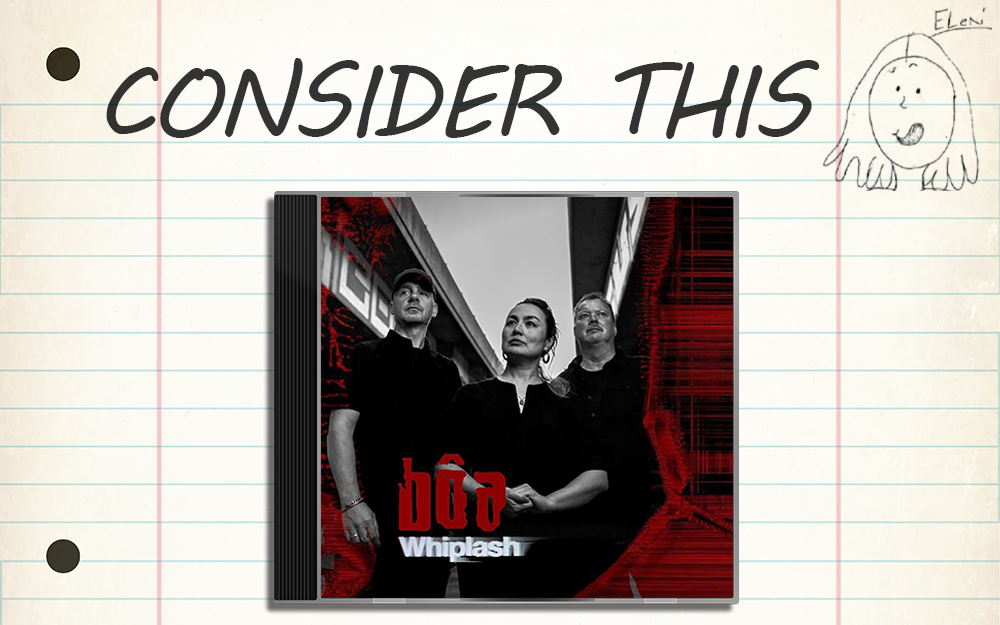I know you think I’m crazy (just as crazy as Southern California weather…) as I just sent Wildfire Preparedness Tips a week or so ago when we were under Red Flag Warning… Now rain Safety Tips?
Though I’ll believe it when (and if) I see it, but the NWS is calling for a chance of precipitation this week. With that being said whether we see precipitation or not, it probably will serve good ground to at the least begin thinking about driving safe in the rain as we head into winter.
It’s also important to remember when a low pressure system moves in this early in the season, it is generally followed by a high pressure system (offshore winds and warm temperatures). We’re not out of the woods yet with fire season as it takes several inches of rain to even begin bringing our fuel moisture content reducing fire danger up says Fire Chief Sam DiGiovanna.
Though rain is in the forecast, let’s not let our guard down with fire safety…
Only California – Maybe this article is one we will have to revisit in the near future or both – Fire safety???
Tips and Techniques for Driving in Rain
When the road is wet, the film of the water on the asphalt causes tires to lose traction according to Fire Chief Sam DiGiovanna. Less obvious is the fact that rain reduces driver perception — it’s harder to see through the rain — and also decreases visibility through its action on headlights, windshields and the road itself. While most people know to slow down in the rain, there are definitely other tips that will help keep you, and those who share the road with you from becoming a statistic.
· Exercise extreme caution after a long dry spell. During a dry period, engine oil and grease build up on the road over time. When mixed with water from a new rainfall, the road becomes extremely slick. Continued rainfall will eventually wash away the oil, but the first few hours can be the most dangerous.
· Allow for more travel time. You should plan to drive at a slower pace than normal when the roads are wet. Keep in mind that traffic is likely to be moving slower as well. There’s also the possibility that your preplanned route may be flooded or jammed. Whatever the case, rushing equals higher risk.
· Brake earlier and with less force than you would normally. Not only does this increase the stopping distance between you and the car in front of you, it also lets the driver behind you know that you’re slowing down. Also, be more meticulous about using turn signals, so that other drivers know your intentions, and take turns and curves with less speed than you would in dry conditions.
· Most of America’s roads are crowned in the middle, which means that the water will run off to the sides. If possible, stay toward the middle of the road to avoid deep standing puddles.
· Don’t use cruise control. If you hydroplane, there’s the chance your car could actually accelerate. Cruise control also allows drivers to be less vigilant and to take their foot away from the pedals — not a great idea when reaction time is so important.
· If you see a large puddle up ahead, drive around it or choose a different route. It could be that it’s covering a huge gaping maw into the front door of hell. Well, maybe not, but water splashing up into your car’s engine compartment could damage its internal electrical systems. Also, a pothole may be hiding under the water, just waiting in ambush to damage a wheel or knock your suspension out of alignment. If you can’t gauge the depth, or if it’s covering up the side curb, try to avoid it.
· Don’t attempt to cross running water. This ain’t an SUV commercial, and you’ll probably get into a heckuva lot of trouble if the force of the water is greater than the weight of your vehicle. All-wheel drive isn’t going to be much help if your vehicle is being pushed sideways. Don’t end up like those folks on the nightly news who had to abandon their cars to Mother Nature.
· After you cross a puddle, tap on your brake pedal lightly to dry off some of the water on your rotors.
· Turn on your headlights, even when there’s a light sprinkle. It helps you see the road, and more importantly, it helps other motorists see you. However, don’t blast your high beams in the rain or fog — it’ll obscure your view further, as the light will reflect back at you off the water droplets in the air. If your car is equipped with foglights, you may find it helpful to turn these on, as they throw a little extra light on the road while making your car easier to see.
· Watch out for pedestrians. An ordinarily observant pedestrian may become distracted by fiddling with an umbrella or a rain slicker. Plus, raindrops deaden sound, so the usual audio clues for measuring car distances become obscured. Keep a sharp lookout for people in the road.
· If it’s raining so hard that you can’t see the road or the car in front of you, pull over and wait it out.
· Track the car ahead of you. Let the car ahead pave a clear path, so to speak, through the water.
· Give a truck or bus extra distance. Their extra-large tires can create enough spray to block your vision completely. Avoid passing one, but if you must pass, do it as quickly as safety allows.
· Defog your windows. Rain will quickly cause your windshield to fog up. Switch on both front and rear defrosters and make sure the air conditioning is turned on. Most cars’ climate control systems will automatically engage the A/C when the windshield defrost function is selected.
· If you start to hydroplane, don’t brake suddenly or turn the wheel, or you might spin into a skid. Release the gas pedal slowly and steer straight until the car regains traction. If you must brake, tap the brake pedal (unless you have antilock brakes, in which case you can put your foot down).
Prepare Now Says Chief DiGiovanna. Now that you know how to drive in the rain, take some precautionary measures to ensure that your vehicle is prepared to get you through the rain.
· Stay on top of your car’s condition. Its brakes, tire pressures, tire tread depth and defroster operation should be checked regularly so that you’ll be ready to deal with a deluge when the time comes.
· Most vehicles are available with antilock brakes these days, and safety features like traction control, stability control and all-wheel drive are becoming increasingly popular as well. Although all-wheel drive is really only necessary if you frequently drive in snow and ice, traction and stability control can be very handy on rain-soaked roads. Traction control helps you maintain grip by putting the brakes on the tire(s) that don’t have traction, while a stability control system monitors your steering input, intervening with the brakes and/or reducing engine power as needed to keep you on your intended path.
· Make sure that your wipers are in good condition and functioning properly. If the blades are brittle or damaged, replace them before you’re caught in a downpour. Some wipers are definitely better than others, so ask your retailer for recommendations.












































Comments are closed.